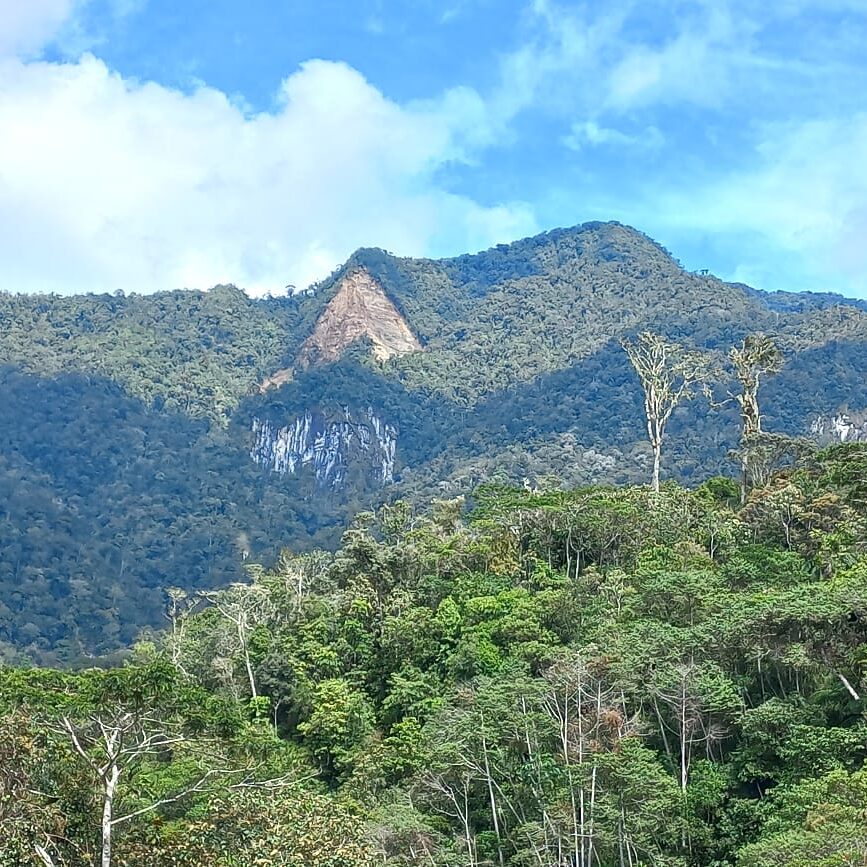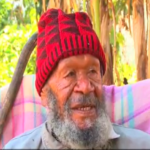ABOUT US
The Story of Hogave Conservation
Hogave Conservation initially got started in 1987 as a conservation area by the Hogave people themselves with resilient leadership and direction from David T Kima, Founding Director and late Chief Kima Mulefa. Part of the reason for initiating this project was steady increase in human population and their encroachment on the forest. There was a genuine threat of people polluting the rivers, creeks and springs which this forest provides and serves as a drinking water source for the people that live below the mountains and valleys. Also the population of the Hogave tribe was growing steadily and was posing a threat to the primary forest when they were cutting and clearing primary forests, which were home to many wildlife, for gardening and building huts. Also the people were moving closer to the only public road that runs from Lufa station to Ubaigubi which also serves as a boundary for the forest and villages. There was also a threat of an unidentified mining company going through the area and identifying almost all the rivers and creeks as positively deposited with mineral resources. Potential for logging and mining exploration was also present but people upon prolonged awareness and consultation,
opted for conservation of their forest. Traditionally, the people of Hogave had already been practicing conservation and sustainable use of resources, this was then formalized. Hence Hogave Tribal Chiefs through a signed Memorandum of Understanding declared a portion of the primary forest as “Hogave Conservation Area” in 1990.
OUR VISION
The Vision of Hogave Conservation is ‘Beautifully conserved primary forest area with teeming wildlife freely roaming around the landscape of Hogave and Mt Michael with locals living harmoniously with nature in an improved and content living environment.’
The Hogave Conservation Management values its landscape and ecosystem, plants and animals, our people & culture, and our rural development project assets.

Our Landscape and Ecosystem
Hogave Conservation Project conserves the primary forest and wildlife including birds of paradise and mammals as identified by the former department of environment and conservation in their 1989 preliminary survey and data provided in the Conservation International and Institute of Biological Reasearch IBR) Survey Report in 2009. Included in this protected wildlife area are many endemic species.

Our Plants and Animals -Flora & Fauna
The importance of conserving the forest of Hogave is detailed in the excerpts from the Mini-Rapid Assessment Program done in 2009 by PNG Institute of Biological esearch and New Guinea Binatang
Research Centre (NGBR) in the Hogave Conservation Area, funded by A Rocha International. The report covers birds including endangered birds of paradise, mammals, ants & plants/vegetation.

Our People and Culture
The people of Hogave speak the “Gimi” language and have a rich cultural heritage. Many people in the village are fully aware of the cultural importance of the Hogave area as it was a land conquered and claimed by worrior ancestors. The people in Hogave community are very welcoming and look after guests and visitors well. Traditionally, the Hogave people have depended on forest resources from the land and river system for food, medicine, tools and shelter. The conservation of culturally significant sites is equally as important as the conservation of our natural environment

